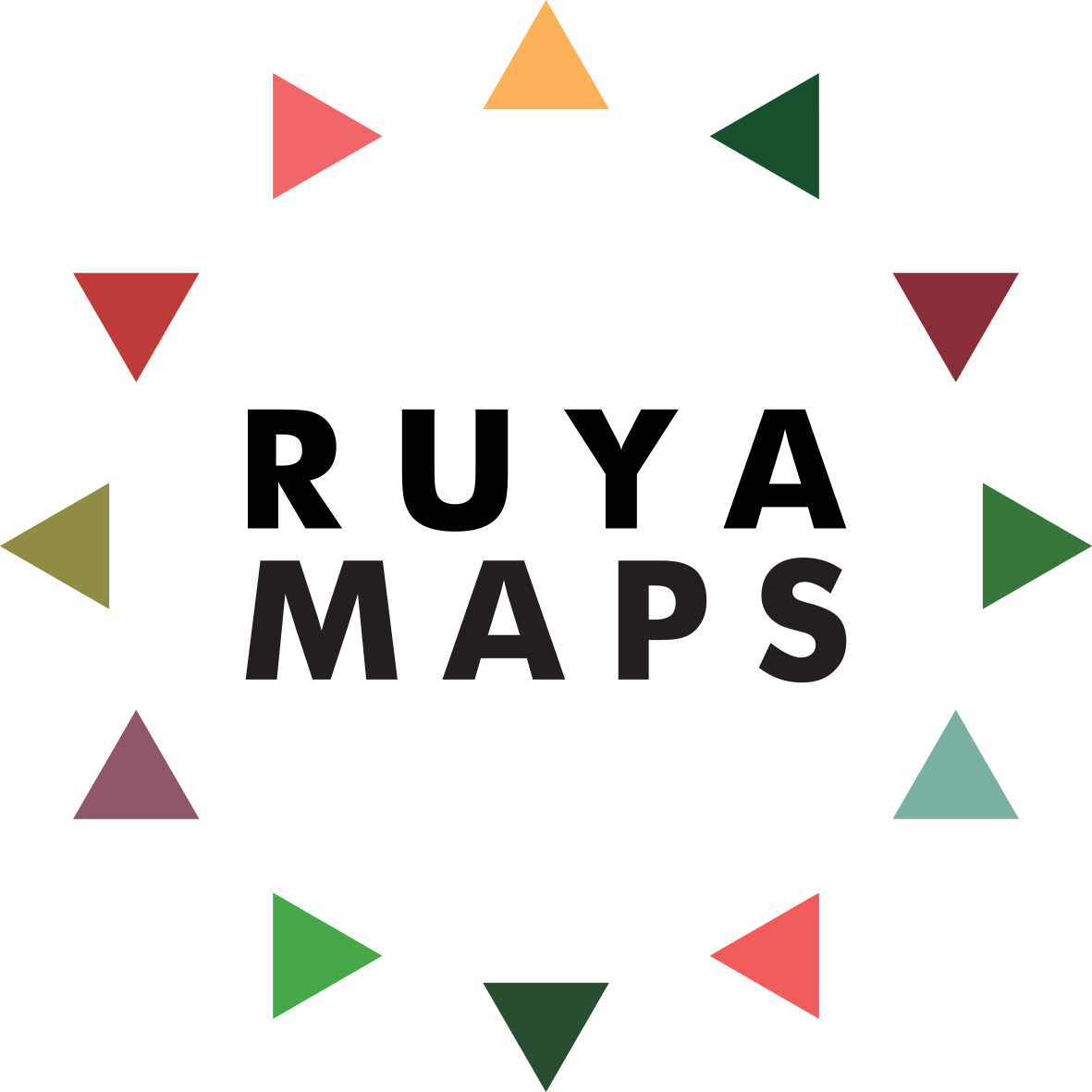Pepe López Documents the Beauty of the Trees in Caracas, Venezuela
In a photo series, artist Pepe López has documented the beauty of the trees in Caracas. A beauty made more powerful through an understanding of the threats that trees in the rest of Venezuela face, and what their loss entails for Venezuelans.
Licuala Grandis
Licuala Grandis, or the Ruffled Fan Palm
Venezuela is ranked the ninth country in the world for biodiversity, yet it is also in the top ten for deforestation.
This contrast is evident in the areas surrounding the Orinoco river. The river flows for some 1.700 miles in a giant arc that has become the site of a major mining project. The outcome of which has included the mass destruction of Venezuela’s trees.
Rhizophora Mangle
The roots of the Rhizophora Mangle, or the Red Mangrove.
The Orinoco supports hundreds of tree species, one of which is the Red Mangrove.
They host many endangered and vulnerable species in their system of stilt roots, and protect the shoreline during tropical storms. Venezuelan mangroves are specifically protected through a Presidential Decree, but this does not offer complete protection.
Coccoloba Uvifera
Coccoloba Uvifera, or Sea Grape, it is one of the emblematic trees of Venezuela.
Venezuela possesses some of the largest untapped natural resources reserves in the world. In 2011, President Chavez proposed the creation of a mega project, the ‘Orinoco Mining Arc’, to extract minerals from a belt spanning 12% of Venezuela’s territory.
According to a report by RAISG, the main driver of the region’s deforestation is mining. Venezuela is the only country where Amazon rainforest deforestation rates increased in 2011-2013.
Delonix Regia
Picture shows Delonix Regia, classified as ‘vulnerable’ on the Red List of Threatened species; it is a multi-purpose tree harvested in the wild to be used for medicine. It is also cultivated to stabilise and enrich the soil.
Deforestation to make way for mining has affected indigneous peoples as well as local flora. Living conditions have been worsened by severe malaria and measles epidemics around the mining sites.
Tree cover gives way to mining pits which become full of stagnant water; these pools are then a breeding ground for mosquitoes. There is little in the way of subsidised medicine.
Jacaranda Mimosifolia
Jacaranda Mimosifolia, a deciduous tree classed as ‘vulnerable’ and known for its explosion of light blue flowers.
Venezuela generates most of its electricity from hydro-electric dams, with about 60% being produced by four dams along a tributary of the Orinoco.
Not only does mining require huge quantities of water to be re-channeled, the loss of trees along the Orinoco arc has led to drought. A lack of ground results in soil erosion and desertification. Venezuelans have had to deal with chronic power outages.
Corypha Elata
Corypha Elata, a type of palm tree which only blooms towards the end of its life, but when it does produces nearly a million flowers.
Trees along the Orinoco region have increasingly been affected by mining since 2011, but urban trees are being threatened too.
In Caracas’ botanic gardens over a third of the palm tree species have died in the last few years as precious water is diverted to hospitals. The gardens are one of only four to have UNESCO status.”






